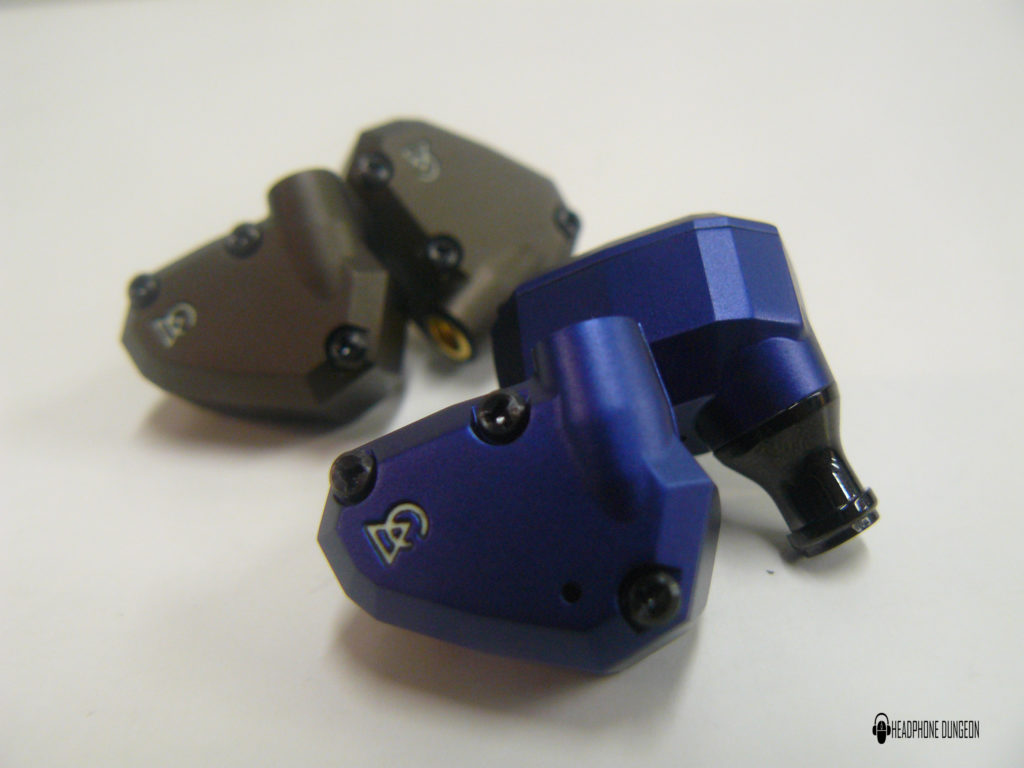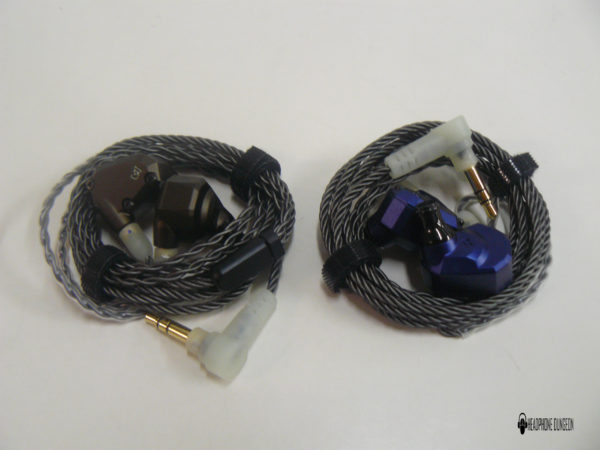Whenever a new pair of products release together, comparisons are bound to be made. Especially when you have two products with the same look, and similar price ranges. Campfire Audio recently launched a large variety of IEMs, including the Honeydew, Satsuma, Mammoth, and Holocene. The first two were released together as more consumer-friendly models, while the Mammoth and Holocene appeal to the more mid-tier price range for audiophiles not yet ready to make the jump to more high-end options. With the Mammoth and Holocene, you get an interesting mix of favorable color and audiophile detail retrieval. These IEMs find themselves in an interesting area, so let’s see what makes them different from each other.
What You Get
The Mammoth and Holocene each come with the same variety of accessories to luxuriate in. Both IEMs include a lot so I will list them here:
- Campfire Audio ‘Epoch’ SEAQUAL® YARN Earphone Case. Made in Portugal.
- Campfire Audio Smoky Glow Litz Cable
- Silver Plated Copper Conductors with Berylium Copper MMCX and 3.5mm Stereo Plug Featuring Glow-in-the-Dark overmolds.
- Final Audio Tips (xs/s/m/l/xl)
- Campfire Audio Earphone Tips(s/m/l)
- Silicon Earphone Tips (s/m/l)
- Campfire Audio Lapel Pin
- Cleaning Tool
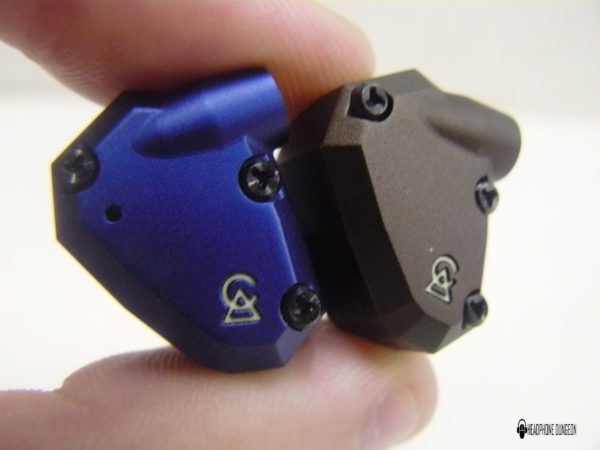
Look and Feel
In addition to both IEMs having the same accessories, the Mammoth and Holocene also feature the same look with different coloration. They maintain the angular shaping of some of Campfire’s most established models, such as the Andromeda, Ara, and Polaris. Both earphones have that fancy matte finish, with the Mammoth in a lavish dark blue, and the Holocene in solid green. Aesthetically, the Mammoth’s dark blue pops a bit more than the Holocene’s cosmetic variation, but both work well to differentiate the two.
It’s definitely more successful than the Honeydew and Satsuma in that way, as certain pictures of both can be too similar for me. Otherwise, the Mammoth and Holocene still include beryllium MMCX connectors and stainless steel spouts. This style helps support the fit of both IEMs quite well. They might not seem ergonomic for this specific shape, and although it is not my favorite style, the Mammoth and Holocene won’t cause any major discomfort or fatigue.
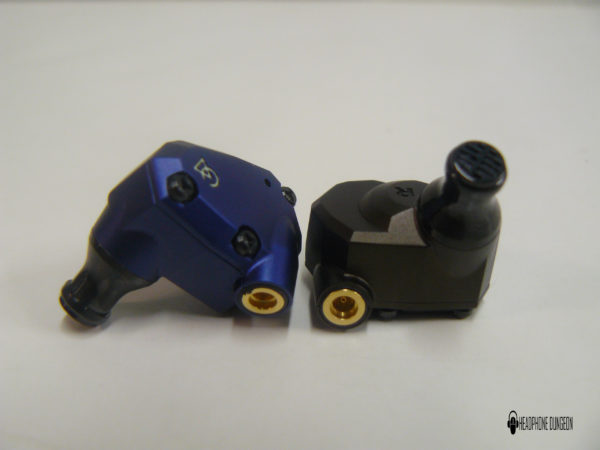
Design
This is where the Mammoth and Holocene start to show their greater differences. Their driver systems are both completely different, even though they use the same 3D-printed acoustic chamber. The Mammoth features a hybrid system, utilizing a 10mm dynamic driver and two balanced armatures for highs and mids. Meanwhile, the Holocene forgoes a dynamic driver and instead uses three custom balanced armature units, with two dedicated to the midrange, and one for the highs.
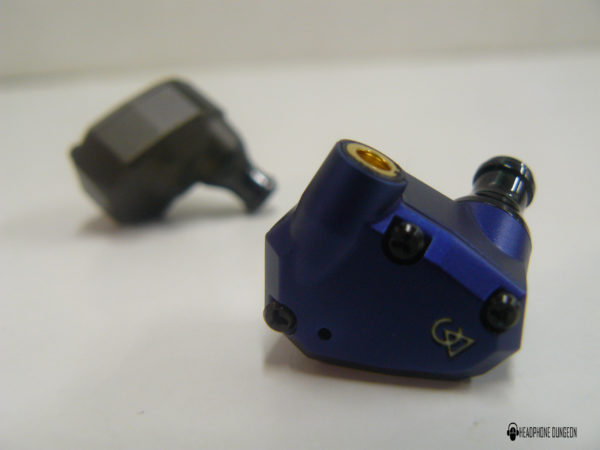
Soundstage
Much like the Satsuma and Honeydew, the Mammoth and Holocene are two showcases of different ends of the frequency spectrum. The Mammoth focusing on the dark, bass emphasis, and the Holocene with more midrange and high-frequency detail. In terms of their soundstages, they’re both similarly wide and feature that big imaging a lot of Campfire IEMs bring to the table. Listening to both, I think the Mammoth might be more capable of adding more layers of depth, but the Holocene feels like a more outward headspace in comparison. Large effects seem to not be as spacious as they are on the Holocene, but the Mammoth has a much more forward impact better for more energetic genres of music. With that being said, both IEMs include their share of clarity and articulation.
Low End
When it comes to the lows, the Mammoth is without a doubt the stronger bass between the two. There’s a much deeper tonality in the Mammoth, and the slam of it is much more forward. The Holocene might not offer the Mammoth’s level of impact, but it still offers some nice detail. It’s consistent and well-shaped, featuring a level of tightness that feels a lot more controlled than the Mammoth. However, if you’re looking for those guttural bass and sub-bass textures, the Mammoth will be the winner for you.
Mids
In the mids, the Mammoth appears more v-shaped compared to the Holocene’s much more full response. While some might gravitate more to that sort of timbre, I much preferred the Holocene when it comes to the midrange. For a mid-tier price, I want a bit more out of my mids, and that’s exactly what the Holocene provides. The tonality is not only much cleaner, but immediately more crisp when comparing the two back and forth. Although the Mammoth is more recessed, the low and high mids are granted a lot more emphasis, but the Holocene also shows this level of accentuation throughout its frequency response.
Highs
If you think the Mammoth is all bass, you’re going to be very surprised by the top-end sparkly it also provides. The Holocene has a much more forward brightness, but in terms of texture, the Mammoth glistens. With the Holocene, you get a much smoother coating but is far from dull. More detail is offered here, and it’s especially noticeable in music with heavy layers of effects. Greater dissipation is revealed here, but at certain points won’t hide from the more sibilant nature of some sounds. There’s also a lot more air to be enjoyed on the Holocene, but if you’re only looking for some great color, the Mammoth will provide that.
Summary
With the Mammoth sitting at $549, and the Holocene at $649, these are two IEMs with different ideas in mind. The Mammoth, puts the bass first, while the Holocene puts the midrange at its forefront. That’s what it’s going to come down to in the end with these earphones. Your main decision is going to be based on clear sound, and in my opinion, the Holocene delivers more of it. Some will gravitate towards the Mammoth’s v-shaped sound signature, but I prefer a lot more significant midrange detail. Each of these IEMs is high-class in its own way though, featuring great resolution in its most dominant areas. While I prefer the control of the Holocene, the Mammoth will satisfy those who are looking for coloration and fun.
The Campfire Audio Mammoth and Holocene are available at Audio 46.
Headphonedungeon may get a commission from retail offers.

